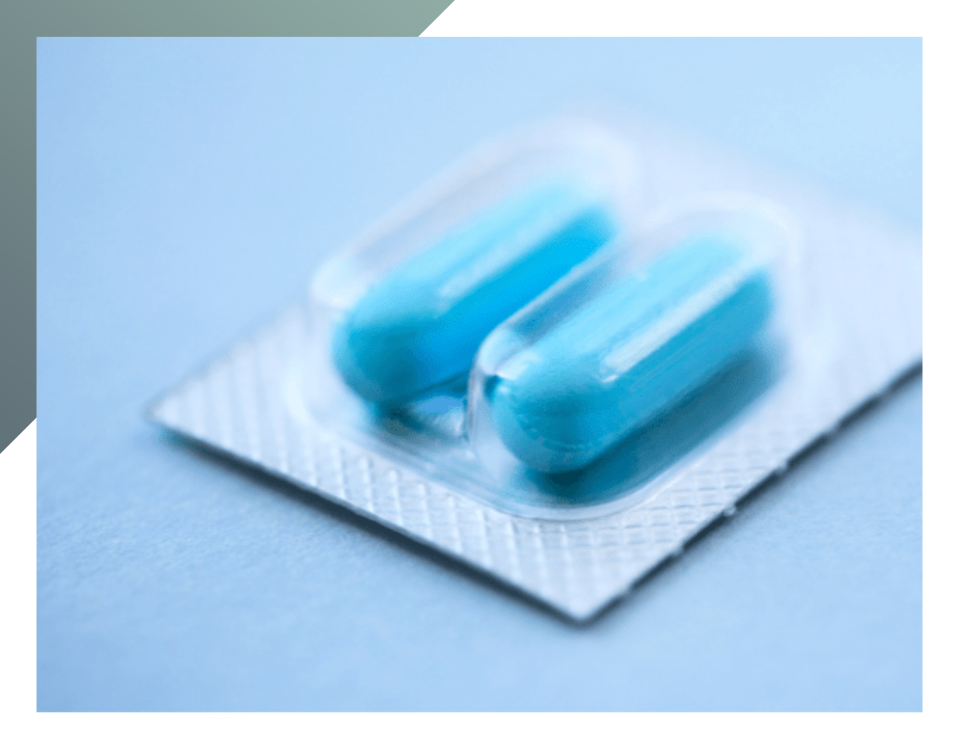ISO 13485:2016 is the “gold standard” that establishes a specific quality management system for medical device packaging. The standard requires to adopt a set of procedures to verify the quality level of medical devices throughout the design, production, transportation, placing on the market, and post-sale phases, including packaging activities that must adhere to acceptability criteria determined by manufacturers or legal texts. In this article, we will delve into the importance of ISO 13485:2016, the key players involved in the production of medical devices, as well as understanding the role of packaging and why is so important maintaining compliance with this standard.
ISO 13485:2016 standard for Medical Devices
ISO 13485 is a standard based on the more common ISO 9001 quality management system and is specifically designed to establish safety and validity standards for medical devices for market authorization. It aims to promote the global harmonization of several regulatory requirements related to medical devices: the Medical Devices Directive 93/42/EEC, the In Vitro Diagnostic Devices Directive 98/79/EC and the Active Implantable Medical Devices Directive 90/385/EEC. This standard applies to all parties involved in the medical device supply chain, including design companies, manufacturers, component suppliers, logistics personnel, installation and technical support staff, and many others. In general, it also encompasses service providers related to product development, including packaging companies that must be familiar with the correct procedures and essential regulatory requirements for safe packaging. In 2016, UNI CEI EN ISO 13485:2016 “Medical devices – Quality Management Systems – Requirements for regulatory purposes” was published to replace the previous UNI CEI EN ISO 13485:2012 standard, harmonizing all quality matters related to medical devices. This integration clearly expresses the importance of identifying risks associated with medical devices and their accessories through the adoption of a precise control system as specified in ISO 14971. This also requires validating suppliers, adequately training personnel, monitoring post-sale stages for feedback and complaints management, and establishing a management system for the lifecycle of software connected to the devices or integrated into them.
ISO 13485:2016 Standard for Medical Device Packaging
Among the sectors affected by ISO 13485:2016 for medical devices, pharmaceutical packaging plays a crucial role in maintaining the compliance required by certification bodies. The standard mandates design verification checks in order to assess whether the medical device requirements, set during the initial product design phases, have been met once the production process is complete. These verification procedures include microbiological or temperature checks, as well as tests to determine the actual integrity of the packaging, whether it was part of a sterile packaging process, the permeability, the stability, the assembly, and the overall quality of materials used. Design verification tests should be conducted based on a precise plan that clearly defines acceptability criteria for evaluating the actual safety of the medical device, the functional department responsible for verification, and all specifications of the samples involved in the checks. Design verification can be carried out through specific testing plans or by reviewing technical and safety data sheets.
Why Certification is important
Complying with ISO 13485 is a significant requirement because it is mandated by many national regulations as part of the approval and market introduction process for devices, and it is a harmonized standard for all directives concerning quality. The certification of compliance can also be required by countries outside the European Union to authorize or streamline market entry processes, because it is recognized as valid despite a different regulatory system. In the United States, for example, the FDA accepts the evaluation reports of ISO 13485 audits as a substitute for demonstrating compliance with quality management system regulations expressed in the QSR – 21 CFR 820 (Quality System Regulation). This system is harmonized with the European system for placing medical devices on the market within US borders except that, while ISO 13485:2016 is a voluntary standard for Europe, compliance with QSR- 21 CFR 820 is mandatory for the distribution of medical devices in the US. Health Canada also recognizes the validity of ISO 13485-certified quality management systems for marketing products in their territory. However, compliance with the Medical Device Single Audit Program (MDSAP), which includes additional regulatory requirements, is required to approve Class II, III, and IV devices for sale in the territory. A company that maintains compliance with ISO 13485 certifies its ability to provide highly specialized and customized services for the medical sector. It also demonstrates a precise knowledge of the production and distribution supply chain before and after the packaging process and international regulations. For these reasons, Eurpack is certified ISO 13485:2016 certification for secondary packaging of medical devices.
How can we help you?
If you would like to learn more about our commitment to sustainability or have any questions about our projects and initiatives, we are here to provide you with all the information you need.



